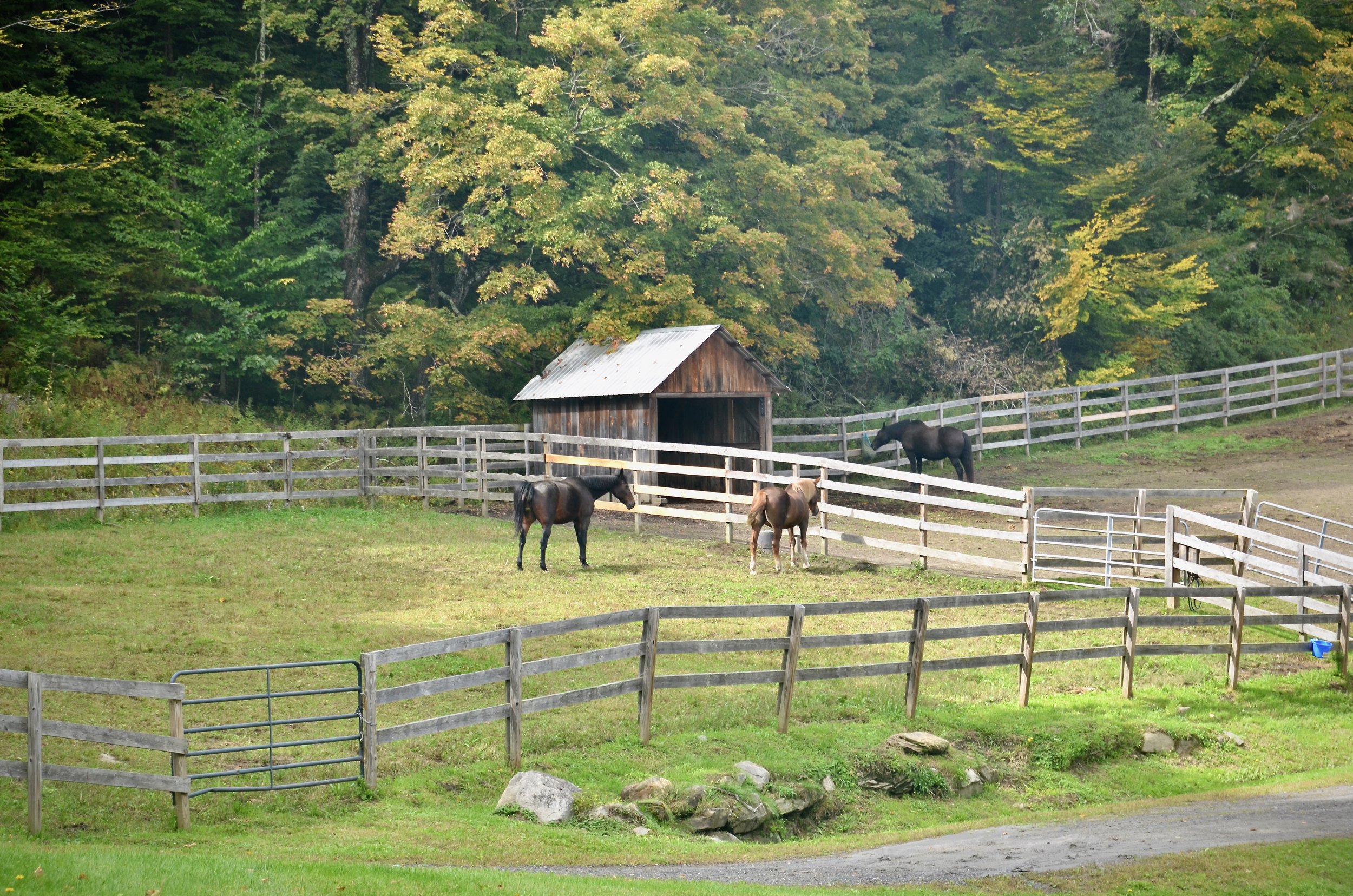
Occupational and Physical Therapy Occupational and Physical Therapy incorporates a horse’s dynamic movement into the client’s treatment plan.
Therapy delivered using equine movement is not horseback riding. Rather, it is intense rehabilitation that produces measurable therapeutic results and requires a physician’s prescription. A horse’s movement engages sensory, neuromotor, and cognitive systems to promote functional outcomes such as improved core strength, balance, and sensory integration.
Sitting astride a horse in a forward-facing seat, a person’s pelvis moves in the same multi-dimensional pattern and rhythm as it would if that person were walking. The average horse takes approximately 100 steps per minute, providing clients with repetitive, rhythmic, and variable input via multidimensional movement on a dynamic base of support.
Clients can also be placed in different positions on the horse, such as facing sideways, facing backwards, lying prone over the barrel of the horse, lying supine along the barrel of the horse, etc. Each position targets specific cognitive and physical systems.
As a horse changes tempo or moves through geometric figures, clients must adjust their posture to maintain an upright, balanced position, which results in increased core stabilization, postural control, protective reflexes, endurance, and weight bearing and motor planning. The movement of a horse also provides sensory input to vestibular, proprioceptive, tactile, and visual systems, thereby facilitating changes in sensory integration and attentional skills.
In a typical 45-minute session, clients experience up to 3,000 neuromotor inputs. This type of therapy cannot be replicated on a piece of equipment in a traditional clinic setting. Additionally, therapy in a traditional clinic setting usually happens indoors on inanimate equipment, while equine-assisted therapy takes place outdoors and is facilitated by the warm, powerful connection between humans and horses. This interaction creates an entirely different physical and emotional dynamic in the rehabilitative process.
For clients of all ages, the horse-human connection provides immeasurable social-emotional benefits and growth opportunities that carry over into everyday life. Working together with a horse to achieve new abilities adds to self-esteem and a sense of teamwork. Realizing that their equine partner has feelings and is affected by their actions empowers clients with empathy and social interaction skills.
Clients are assisted by a sidewalker on either side of the horse, as well as horse leader, providing support during the session based on the therapist’s guidance.
SELF DEVELOPMENT
High Horses provides a unique opportunity to experience the healing nature of a horse in a safe, noncompetitive and nonjudgmental setting. Through hands-on therapy sessions, clients are surrounded in an environment that radiates calmness, values the hard work that comes with horses, and provides a literal and mental breath of fresh air. A horse mirrors emotions, reads nonverbal cues and reacts to the body language of humans. When these equine instincts are professionally incorporated as a self-development therapy tool, the horse-human connection becomes a powerful healing force, helping clients to realize their own self-worth and increases self-awareness of body language and communication skills.
“I love this place and will never leave. It is the only thing that works for me.”
– High Horse HorseSense student

Make a donation.
With just one gift, you have the power to impact countless lives. From covering the cost of a session for a family in need, to vet care for a horse, to ensuring our staff are well taken care of, your support has endless reach.



